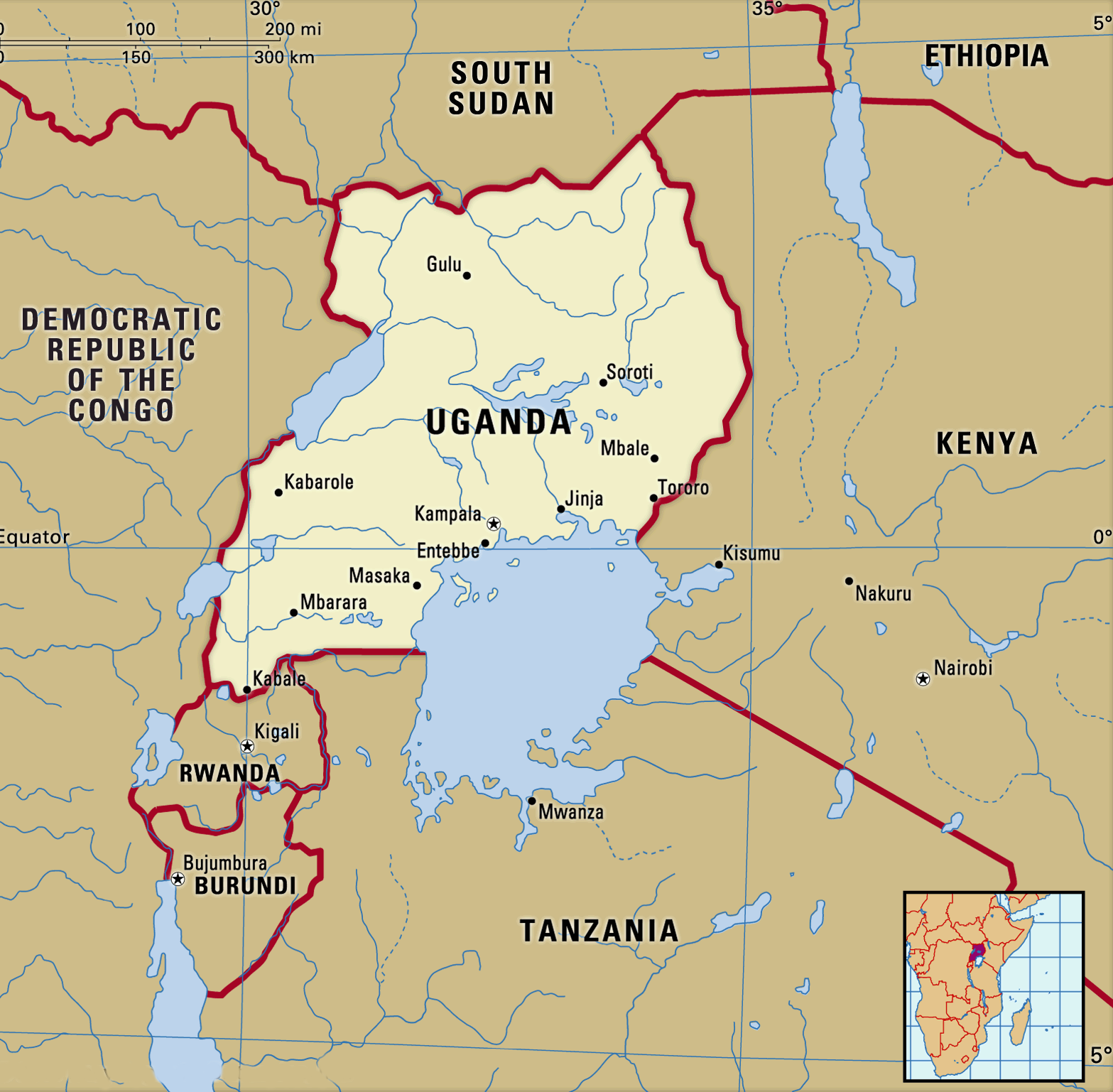International Relations
19th NAM Summit and India-Uganda Relations
- 23 Jan 2024
- 7 min read
For Prelims: Non-Aligned Movement, 19th Summit of the NAM, Double Taxation Avoidance Agreement
For Mains: India-Uganda Relations, Non-Aligned Movement (NAM), Challenges with NAM
Why in News?
Recently, Ugandan President Yoweri Museveni, who hosted the 19th Summit of the Non-Aligned Movement in Kampala, expressed his regret over the expulsion of Indians by Idi Amin in the 1970s.
- He praised the achievements of the Indian diaspora in Uganda and lauded India’s role in the global south.
What are the Key Highlights of the 19th Summit of the Non-Aligned Movement?
- The 19th Summit of the NAM was held in Kampala, Uganda, with the theme of "Deepening Cooperation for Shared Global Affluence".
- Uganda has taken over as chair from Azerbaijan, to run until 2027.
- The summit adopted the Kampala Declaration, slamming Israeli military aggression and calling for the implementation of the UN Security Council resolution to allow humanitarian aid into the besieged Gaza Strip.
- The External Affairs Minister (EAM) of India led the Indian delegation at the 19th NAM Summit, calling for a sustainable solution to the Gaza crisis. He emphasised the need for immediate relief in the humanitarian crisis and urged the prevention of the conflict's spread in the West Asian region.
- The NAM was established in 1961 in Belgrade, Yugoslavia, through the initiative of five leaders of newly independent countries: Josip Broz Tito of Yugoslavia, Gamal Abdel Nasser of Egypt, Jawaharlal Nehru of India, Sukarno of Indonesia, and Kwame Nkrumah of Ghana.
- It was formed during the Cold War as an organisation of States that did not seek to formally align themselves with either the United States or the Soviet Union but sought to remain independent or neutral.
- At present, the Movement has 120 Member States, 17 Observer Countries and 10 Observer organizations.
- NAM does not have a permanent secretariat or a formal founding charter, act, or treaty.
- The summit usually takes place every three years.
What Happened to the Indians in Uganda under Idi Amin?
- In August 1972, Idi Amin, the dictator of Uganda, ordered the expulsion of Indians and other Asians who were living and working in Uganda.
- Around 80,000 Indians were forced to leave the country within 90 days, leaving behind their properties and businesses.
- The expulsion had a devastating impact on the Ugandan economy, which suffered from a loss of skilled workers, entrepreneurs, and investors.
How have been India-Uganda Relations?
- Political Relations:
- India and Uganda share historical relations spanning over a century. Indians first came to Uganda at the beginning of the 20th century.
- India’s freedom struggle inspired the early Ugandan activists to fight colonization and eventually Uganda achieved freedom in 1962.
- India established its diplomatic presence in Uganda in 1965. During the reign of President Amin in the early 1970s, around 60,000 Indians/PIOs were expelled. However, After Amin was overthrown in 1979, the succeeding governments of Uganda invited the expelled Indians to return and reclaim their properties and citizenship.

- India and Uganda share historical relations spanning over a century. Indians first came to Uganda at the beginning of the 20th century.
- Indian Diaspora:
- The Indian community presents the strongest and most durable economic and cultural links with Uganda.
- Indian Nationals/PIOs who constitute less than 0.1% of Uganda’s population, contribute about 70% of Uganda’s direct taxes as per statistics of the Bank of Uganda and the Uganda Revenue Authority.
- ‘India Day’, an annual feature, showcases Indian culture and attracts thousands of visitors. The event serves to bring together the Indian and Ugandan communities.
- Defence
- India conducts training courses for Uganda’s defence personnel.
- Commercial Relations:
- Uganda is a beneficiary of the Duty Free Tariff Preference (DFTP) Scheme of India for Least Developed Countries(LDCs).
- Major items of Indian exports to Uganda include pharmaceutical products, vehicles, plastic, paper and paperboard, organic chemicals.
- Major commodities of imports from Uganda to India are edible vegetables and certain roots and tubers, coffee, tea, mate and spices and cocoa and cocoa preparation.
- A Double Taxation Avoidance Agreement between India and Uganda is in effect since 2004.
- A DTAA is a tax treaty signed between two or more countries. Its key objective is that tax-payers in these countries can avoid being taxed twice for the same income.
- A DTAA applies in cases where a taxpayer resides in one country and earns income in another.
- A DTAA is a tax treaty signed between two or more countries. Its key objective is that tax-payers in these countries can avoid being taxed twice for the same income.
- Uganda is a beneficiary of the Duty Free Tariff Preference (DFTP) Scheme of India for Least Developed Countries(LDCs).
- Scholarships and Capacity Building Training Programmes:
- The Government of India offers scholarships and fellowships to Ugandans from the Government and private sector to enable them to pursue under-graduate, post-graduate and research courses in India.
UPSC Civil Services Examination, Previous Year Questions (PYQs)
Prelims
Q. Among the following Presidents of India, who was also the Secretary General of the Non-Aligned Movement for some period? (2009)
(a) Dr. Sarvepalli Radhakrishnan
(b) Varahagiri Venkatagiri
(c) Giani Zail Singh
(d) Dr. Shanker Dayal Sharma
Ans: (c)
Mains:
Q. ‘The long-sustained image of India as a leader of the oppressed and marginalised nations has disappeared on account of its new found role in the emerging global order.’ Elaborate. (2017)




